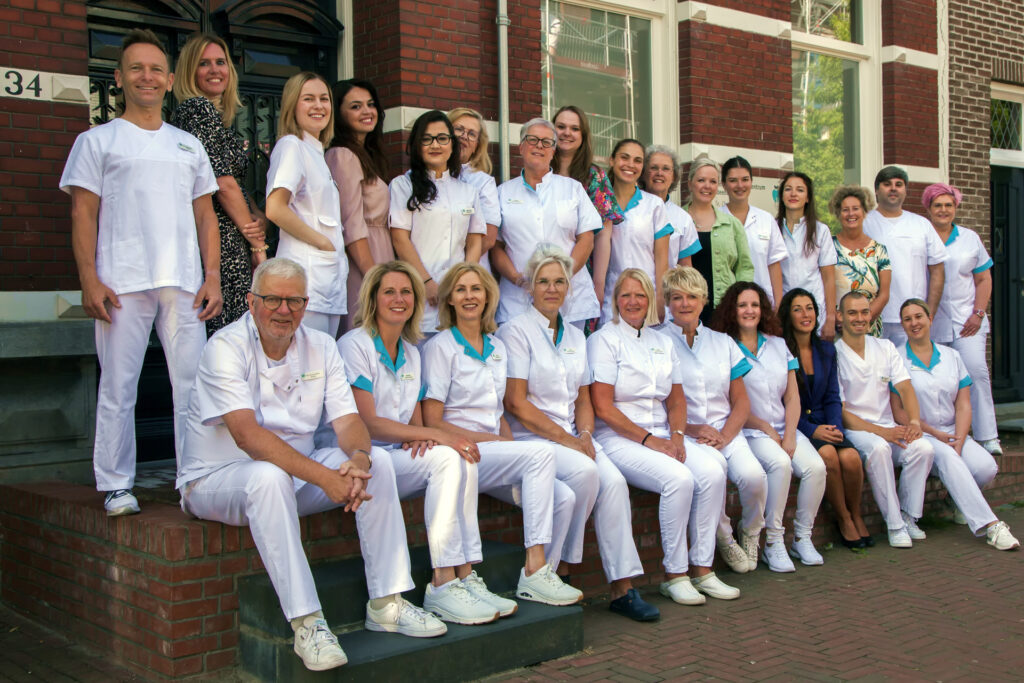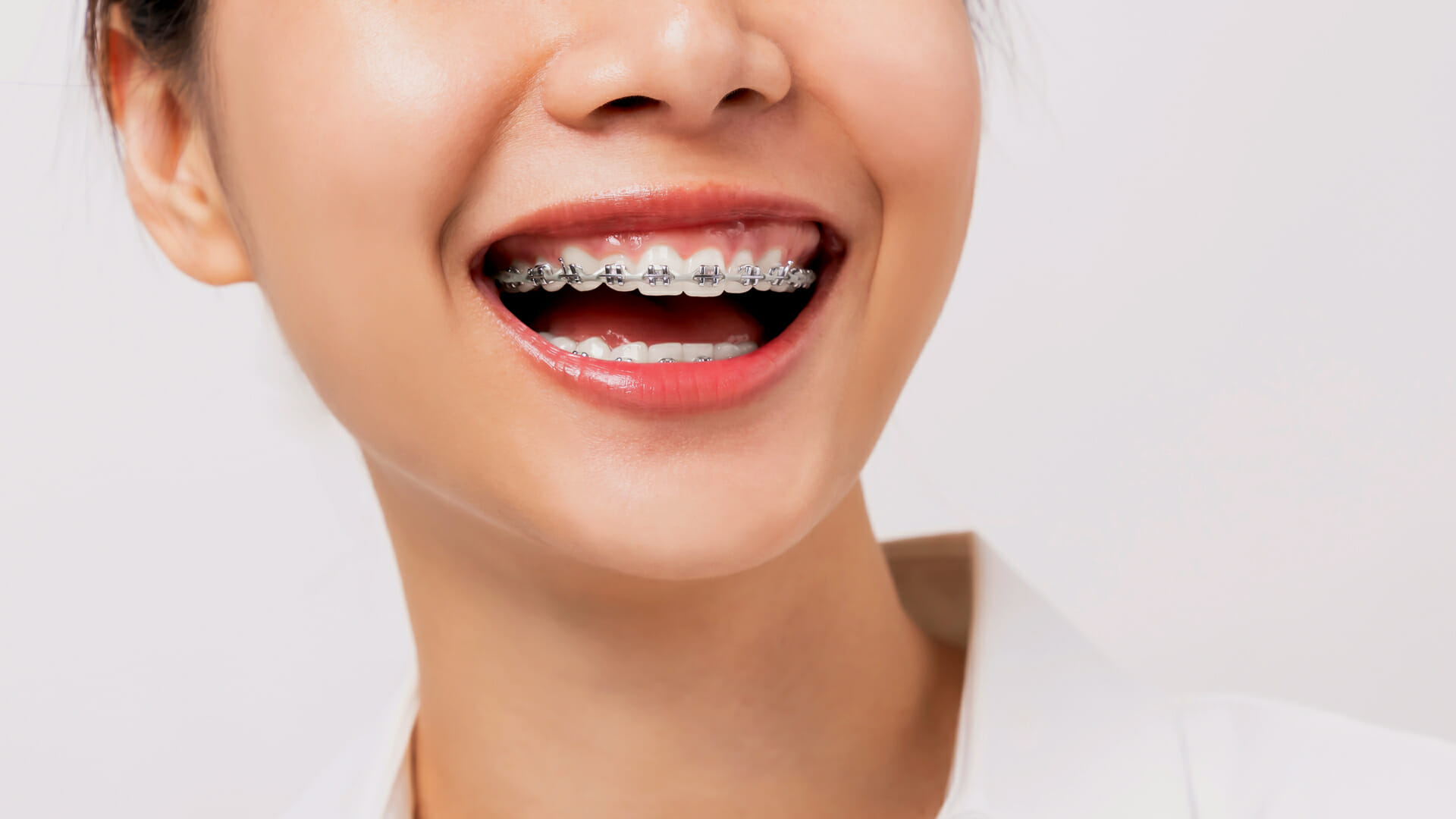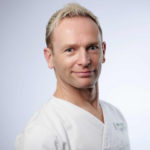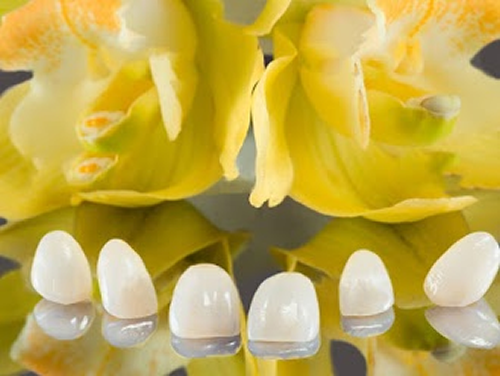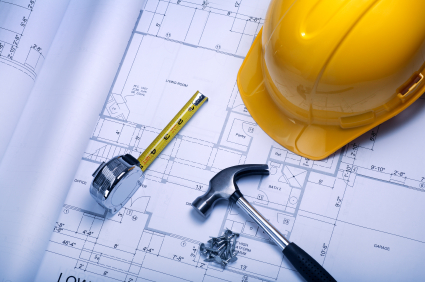Leestijd: 3 minuten
Problematische beet van het gebit.
In een sketch worden de tienerjaren soms gekenmerkt als een kind met een metalen mond.
Vaak wordt het gewoon een beugel genoemd. Wat mensen doorgaans niet weten is dat orthodontie meer inhoudt dan alleen een beugel. Orthodontie is bekender tijdens de (pre)puberteit maar orthodontische behandelingen kunnen al veel eerder beginnen.
Wat is orthodontie?
Orthodontie is een discipline binnen de tandheelkunde welke zich bezighoudt met een problematische beet van het gebit. Deze kan worden veroorzaakt door een verkeerde stand van de tanden (“scheve tanden”) of een abnormale groei van bot, met name het kaakbot.
Naast het esthetische aspect kunnen scheve tanden ook de gebitswerking beïnvloeden of zelfs problemen veroorzaken in het omliggende gebied. Het tandvlees en het gewricht tussen de boven- en onderkaak, het z.g. temporomandibulaire gewricht, kan nadelig beïnvloed worden.
Wat is een beetanomalie?
Niet goed op elkaar passende tanden wordt een malocclusie genoemd. Dit is een algemene term die wordt gebruikt om een afwijking in iemands beet aan te duiden. Dit kan veroorzaakt worden door een probleem met de stand van de tanden of door een abnormale groei van het bot in het gezicht.
Samengevat zijn er drie hoofdzaken om een malocclusie te beschrijven, gezien vanuit het gezichtspunt van een toeschouwer:
- Een klasse I malocclusie is de meest acceptabele stand van tanden en botten. Dit kun je het beste voorstellen door een rechte lijn voor te stellen over het voorhoofd, de boven- en onderlip.
- Een klasse II malocclusie treedt op wanneer de bovenkaak uitsteekt. Dit is te zien wanneer de bovenlip meer naar voren is geplaatst dan de bovenlip.
- Een klasse III beetanomalie treedt op als de onderkaak uitsteekt. Dit kan worden gezien wanneer de onderlip meer naar voren is geplaatst dan de bovenlip.
Het specialisme orthodontie is bedoeld om deze soorten van beetproblematiek aan te pakken. De behandeling kan preventief zijn (interceptieve orthodontie), of het kan een probleem aanpakken op het moment dat het zich voordoet.
Wat is interceptieve orthodontie?
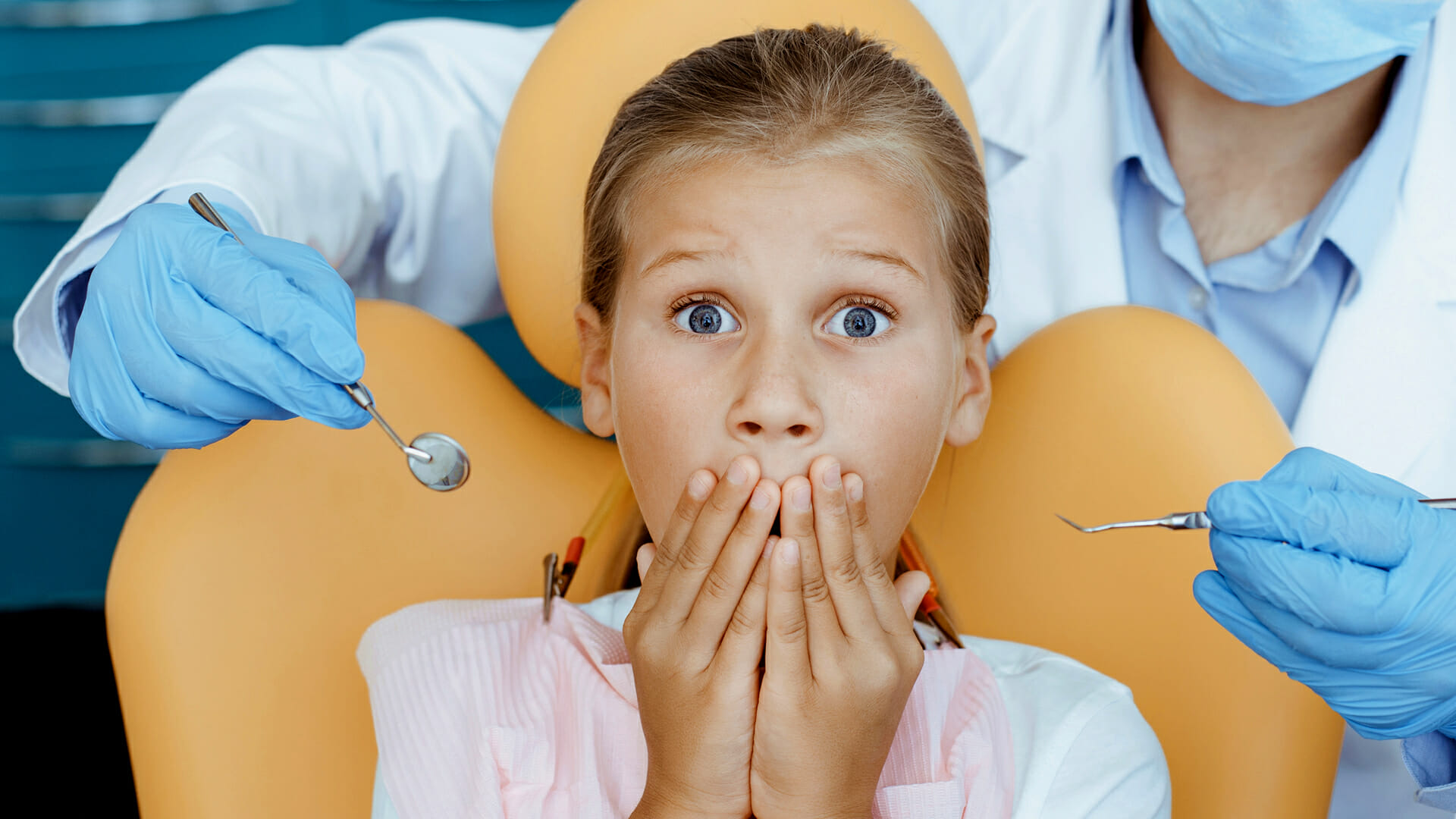
Een orthodontische behandeling hoeft niet noodzakelijkerwijs te beginnen in de (pre)puberteit of volwassenheid. De neiging tot het ontwikkelen van niet goed op elkaar aansluitende tanden kan bij kinderen al voorkomen vanaf het doorkomen van de melktanden.
Wanneer een tandarts een patroon ziet dat kan leiden tot een slechte beetligging, kan hij al een behandeling voorstellen. Verwijderen van tijdelijke tanden wordt soms gedaan om toekomstige verdringing van tanden in de kaken tegen te gaan.
Als de tandarts ziet dat het kind de neiging heeft om een klasse II of II malocclusie te ontwikkelen, kan hij adviseren om hulpmiddelen zoals een trainer for kids (T4K’s zijn een soort van kunststof bitjes), gezichtsmaskers of expanders te gaan gebruiken. Elk behandeladvies wordt zorgvuldig overwogen alvorens het uit te brengen. Vraag gerust om meer informatie. Klik op deze link voor meer informatie over deze hulpmiddelen.
Hoe zit het met beugels en retainers?
Iedereen is waarschijnlijk wel bekend met beugels. Om de tanden in de juiste stand te zetten wordt gebruik gemaakt van draden en “beugels” (het woord voor die kleine metalen of tandkleurige vierkante pinnetjes die aan de tanden worden bevestigd). Er zijn verschillende systemen en technieken worden gebruikt bij beugels, elk met zijn eigen doel en voor- en nadelen.
Naast beugels worden tegenwoordig orthodontische implantaten geïntroduceerd. Deze implantaten worden op plekken in het bot geplaatst om als anker te dienen tijdens de verplaatsing van de tanden tijdens een orthodontische behandeling. In tegenstelling tot implantaten voor gebitsprothesen, zijn deze implantaten tijdelijk en worden zij verwijderd zodra de correctie is voltooid.
Retainers zijn hulpmiddelen die na de orthodontische behandeling worden gebruikt om de aangebrachte correcties te handhaven. Ook hier zijn verschillende manieren om het op te lossen.
Vraag uw tandarts om meer informatie, en over de techniek die hij van plan is te gebruiken.
Tanduitlijners
De laatste jaren is er nog een andere mogelijkheid ontwikkeld voor het uitlijnen van tanden. Misschien heeft u wel eens gehoord van de term Invisalign, Fastbraces of Smile Direct? Deze systemen zijn heel goed voor het corrigeren van milde tot matige afwijkingen in de stand van de tanden en abnormale groei die niet wort veroorzaakt door een beetanomalie.
Het gebruik van tanduitlijners is lang niet altijd mogelijk. Niet elke beetanomalie kan worden verholpen met deze systemen. Om te weten of u in aanmerking komt voor het gebruik van deze hulpmiddelen, kunt u het beste met uw tandarts overleggen.
De beleving staat centraal
Onze toegankelijkheid laten wij graag zien. Wij nodigen u uit om uw vragen aan ons te overleggen. Dat kan via onderstaande naw gegevens of het contactformulier.
Tandheelkundig Centrum Steenbergen
Grote Kerkstraat 34
4651 BB Steenbergen
0167 – 563 780
info @ tandheelkundigcentrumsteenbergen.nl
